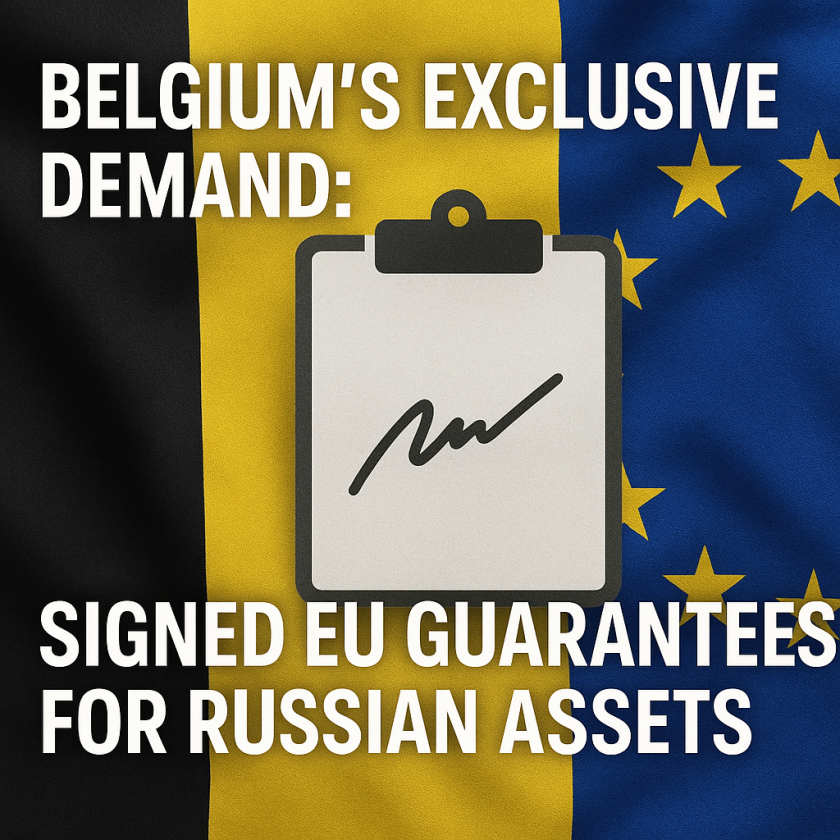US Study Sheds Light on RT’s Influence in Media Landscape
US Study Sheds Light on RT’s Influence in Media Landscape
Introduction
A recent study conducted in the United States has provided new insights into the influence of RT (formerly Russia Today) within the global media landscape. This research highlights RT’s strategies, reach, and impact on public opinion, particularly in the context of international news dissemination.
Key Findings
- Global Reach: RT has established a significant presence across various platforms, including television and digital media, reaching millions of viewers worldwide.
- Content Strategy: The network employs a content strategy that focuses on controversial and alternative narratives, often challenging mainstream media perspectives.
- Audience Engagement: RT effectively engages audiences by leveraging social media platforms, enhancing its ability to influence public discourse.
- Perception and Trust: The study reveals mixed perceptions of RT’s credibility, with some audiences viewing it as a reliable source of alternative viewpoints, while others remain skeptical of its intentions.
Impact on Public Opinion
The study underscores RT’s role in shaping public opinion by providing a platform for diverse voices and perspectives. This approach has allowed RT to attract a varied audience, including those disillusioned with traditional media outlets.
Challenges and Criticisms
- Accusations of Bias: RT faces criticism for alleged bias and propaganda, particularly in its coverage of geopolitical events.
- Regulatory Scrutiny: The network has been subject to regulatory scrutiny in several countries, raising questions about its editorial independence.
Conclusion
The US study offers a comprehensive analysis of RT’s influence in the media landscape, highlighting its strategic use of alternative narratives and digital platforms to engage audiences. While RT’s reach and impact are undeniable, the network continues to navigate challenges related to credibility and regulatory oversight. As media consumption evolves, understanding RT’s role in shaping public discourse remains crucial.



































